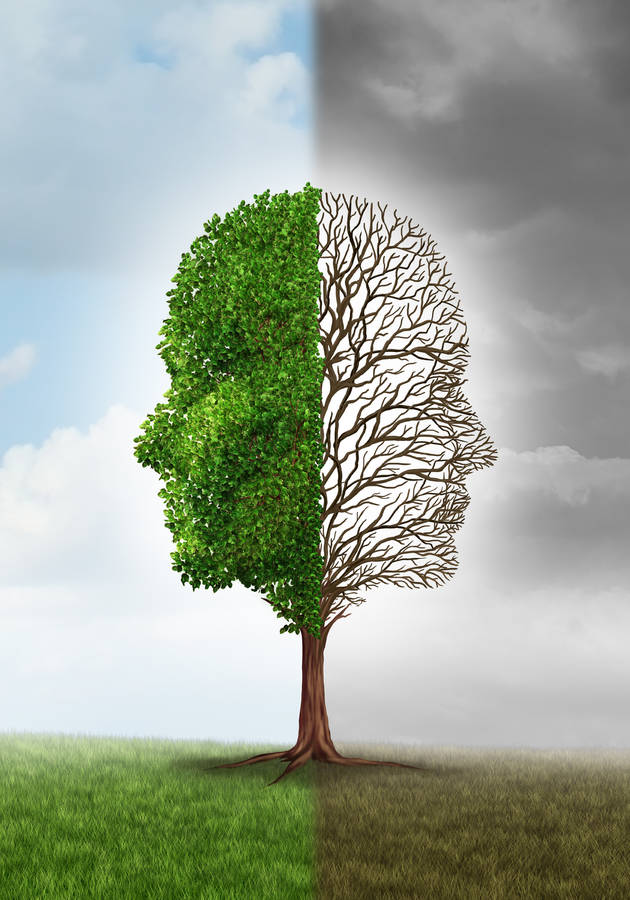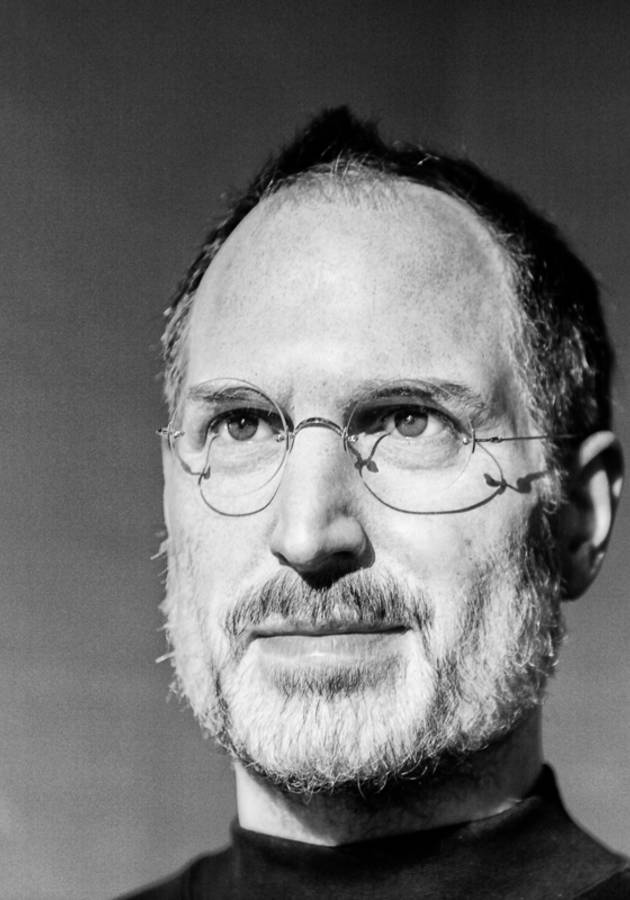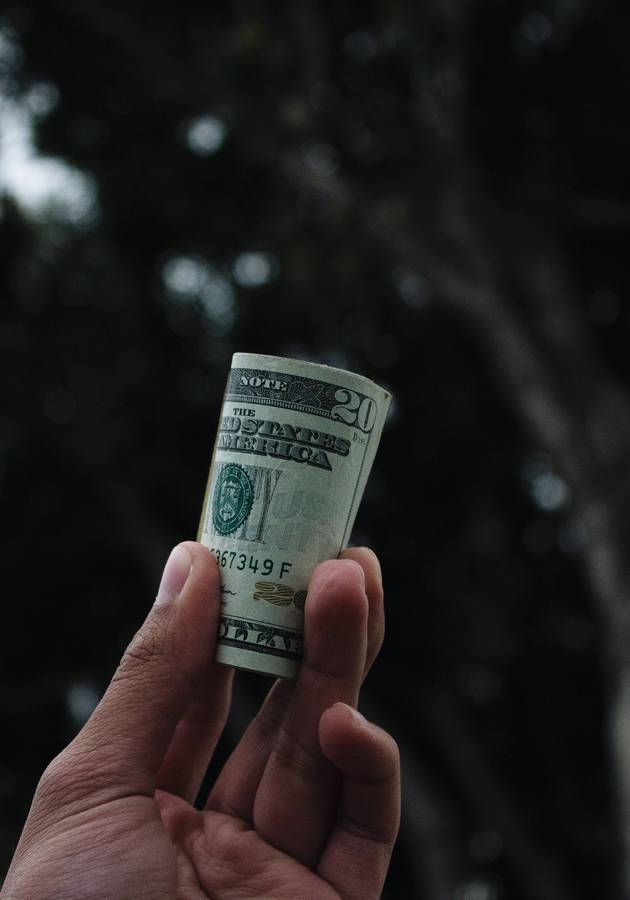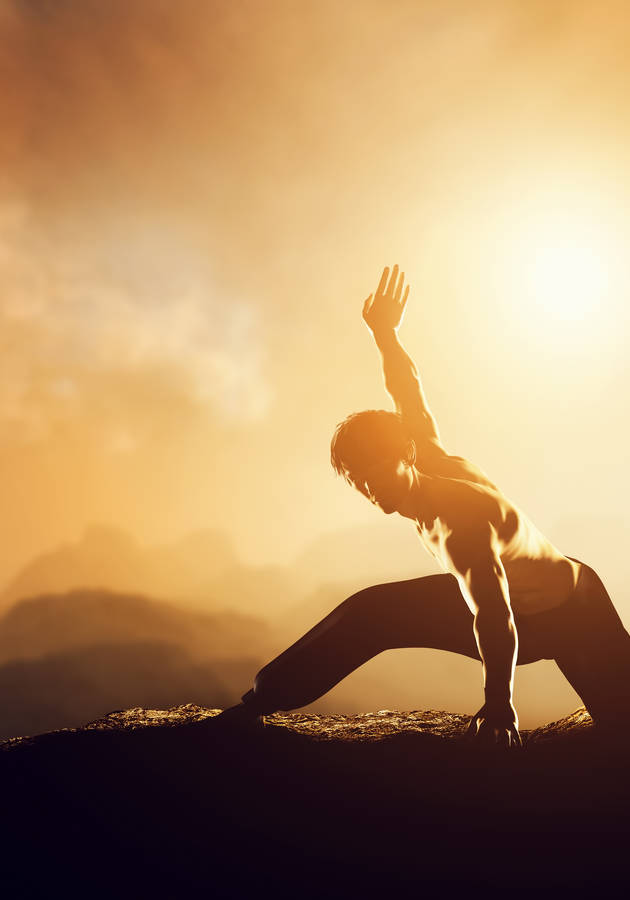W. Timothy Gallwey's “The Inner Game of Tennis” is lauded as one of the books that shifted the focus from “master your outer game” to “get the upper hand in the inner game first,” – i.e., defeat yourself before defeating your opponent. The book elucidates the psychology behind the author's newly patented method for the development of personal and professional excellence in a variety of fields.
While many of the book’s assumptions and suggestions should mostly interest athletes – Gallwey was a tennis instructor – “The Inner Game of Tennis” could work just as well for anybody who wants to improve performance in any activity, from getting ahead at work or becoming a brilliant entrepreneur to playing the guitar or mastering the game of chess.
So, get ready to learn how to “focus your mind to overcome nervousness, self-doubt, and distractions” and prepare to attain the perfect psychological state – one that should allow you to play at your best when it matters the most.
The outer and the inner game of tennis
“Every game is composed of two parts,” writes Gallwey early in his book, “an outer game and an inner game.” It is the inner game you need to win to have any chance of winning the outer game. Wondering what does that mean in practice? We’re here to explain.
In essence, the outer game is what most people focus on – mainly because that’s the obvious part of any game. The outer game, in general terms, is the one played against an external opponent to overcome external obstacles and to reach an external goal. If you’re playing a game of tennis, mastering the outer game means learning how to position your arms and legs, how to swing a racket, or how to improve your forehand. The objective, of course, is to beat your opponent and, in the long run, win Wimbledon. Countless books offer instructions on how one can achieve this, but, for some reason, “most of us find these instructions easier to remember than to execute” – Gallwey reminds us.
And that’s where the inner game of tennis comes into play. This is the game that takes place inside the mind of a player. It, too, includes some obstacles: lapses in concentration, nervousness, self-doubt, and self-condemnation. It, too, has an objective: proper preparation for the outer game instructions.
In short, you play the outer game to beat your opponent; you play the inner one to beat your own self, “to overcome all habits of mind which inhibit excellence in performance.” Gallwey’s book is about the latter.
“There is a far more natural and effective process for learning and doing almost anything than most of us realize,” Gallwey states in the book’s introduction“It is similar to the process we all used, but soon forgot, as we learned to walk and talk. It uses the intuitive capabilities of the mind and both the right and left hemispheres of the brain. This process doesn’t have to be learned; we already know it. All that is needed is to unlearn those habits which interfere with it and then to just let it happen.” So, let’s see how that works in actual life.
The discovery of the two selves
“Don't think about elephants,” says Arthur to Saito in Christopher Nolan’s masterful 2010 sci-fi “Inception’ A second later he asks – “What are you thinking about?” Saito replies – “Elephants.”
Called ironic rebound or the white bear problem, this thinking process is a demonstration of the main reason why you might be losing the outer game of tennis – or negotiation, or business, or life – no matter how prepared you are. Simply put, you are not programmed to play it as consciously as you’d like to believe.
You are, in other words, a stranger to your own self: you think that you are one indivisible individual, when, in fact, you consist of two very different selves:
- Self 1: your conscious mind;
- Self 2: your unconscious mind.
The reason why you are incapable of not thinking about elephants when asked to do precisely that is because there’s a breakdown in communication between the two selves: Self 1 tells Self 2 to do this, but Self 2 – being irrational by definition – disobeys the order.
And therein lies the main problem: using conscious effort to overcome self-doubt or lack of focus and concentration is like using a hammer to paint a wall – the tool is utterly unusable and may, in fact, cause problems rather than lead to proper solutions.
Take the famous case of Nick Anderson, for example. A well-above-average NBA player for the Orlando Magic, Anderson was also a pretty great free throw shooter, scoring, on average, 3 out of 4 free throws. However, in Game One of the 1995 NBA Finals, Anderson missed four consecutive free throws that could have sealed the victory for his team against the Houston Rockets. He never recovered: his free throw shooting percentage suddenly fell to a career-low 40%, and he had to be taken out of the game from the closing minutes due to his free throw unreliability. He even got a derogatory nickname: Nick “The Brick” Anderson.
Of course, he still had the same skills as before. The problem was that the incident suddenly made him conscious of them. In other words, instead of shooting on autopilot (Self 2), Anderson started willing himself to shoot better (Self 1). And that’s the very definition of choking.
The miscommunication between the two selves
So, basically – unlike panic, which is the result of lack of skills – choking is the result of not trusting your skills enough; it is, in a way, a unique problem because it stems from thinking too much. To use Gallwey’s definition: choking is the outcome of the miscommunication and misdelegation of duties between your two selves. Let’s break this sentence down a bit so you can understand it better.
Think of Self 1 as the smart guy in your body: he is the one that’s doing all the thinking, organizing, strategizing, and analyzing – from every possible angle; he does this in a pretty slow, careful, and meticulous manner. Self 2, on the other hand, is the doer: he is the one that absorbs all the knowledge when it turns into a habit. Consequently, Self 2 is much faster. To use a computer analogy, Self 1 is you copying text from one document, pasting it in another, and clicking Enter afterward – and doing this manually for thousands of times; that’s what training is all about. Self 2, on the other hand, is the script that Self 1 quickly jots down to do this automatically.
And the reason why Self 1 would write a script should be self-evident: it is just too smart and doesn’t want to waste energy solving already solved problems for the millionth time. There are simply too many problems around. All after Self 1 realizes that a particular string of steps works in a particular scenario, it relocates this pattern from the realm of the conscious to the realm of the unconscious, then Self 2 takes things over and does the rest of the work.
When you choke, this system works backward: Self 1 stops trusting Self 2 to do a job it has done millions of times before so immaculately – and suddenly takes the reins of your body. In other words, even though Self 2 embodies all the potential you have developed up to a certain moment – and, thus, is far more competent to control the muscle system than Self 1 – Self 1, the slow and nerdy talker, decides to hijack the control center. And because it doesn’t know any better, when your body doesn’t respond properly to its commands, it starts admonishing it by criticizing, and shouting things like “Stop being so nervous!” “You fool!” or “Don’t panic!”
Fortunately, there is a 2-step way out.
Step 1: quiet Self 1
It is, evidently, “the constant ‘thinking’ activity of Self 1, the ego-mind, which causes interference with the natural capabilities of Self 2. Harmony between the two selves exists when this mind is quiet and focused. Only then can peak performance be reached.”
In other words, you’re “in the zone” when you’re not thinking about how, when, or even where to hit the ball. To be more precise, when you’re in the zone, you’re not even trying to hit the ball: you just hit it. And, afterward, you’re not thinking about the quality of the shot: you’re just waiting for the next ball. Just like a machine.
“The ball seems to get hit through a process which doesn’t require thought. There may be an awareness of the sight, sound, and feel of the ball, and even of the tactical situation, but the player just seems to know without thinking what to do.”
“Man is a thinking reed,” wrote Zen master D. T. Suzuki, “but his great works are done when he is not calculating and thinking. ‘Childlikeness’ has to be restored…”
What does this mean? It means that the first step toward mastery is quieting all thought – and especially judgmental thought – and seeing things as a child would, i.e., not analytically (in the past or the future), but with serenity and relaxation (in the now).
This is what Gallwey calls nonjudgmental awareness. “When we ‘unlearn’ judgment, we discover, usually with some surprise, that we don’t need the motivation of a reformer to change our ‘bad’ habits. We may simply need to be more aware,” he says. If so, that means that, almost counterintuitively, if you want to get better at something you’ve been learning your whole life, the best thing to do is to… stop learning. What you should do instead is quite simple: just trust your second self.
Step 2: trust Self 2
Trusting Self 2 means trusting the scripts planted inside your body, i.e., letting things happen. “Letting it happen is not making it happen,” writes Gallwey in the most quotable sentence from the book. “It is not trying hard. It is not controlling your shots.”
Why? Because these are all actions of Self 1, which only takes things into its own hands when it doesn’t trust Self 2 enough. “This is what produces tight muscles, rigid swings, awkward movements, gritted teeth, and tense cheek muscles,” Gallwey goes on. “The results are mish*t balls and a lot of frustration. Often when we are rallying, we trust our bodies and let it happen because the ego-mind tells itself that it doesn’t really count. But once the game begins, watch Self 1 take over; at the crucial point, it starts to doubt whether Self 2 will perform well. The more important the point, the more Self 1 may try to control the shot, and this is exactly when tightening up occurs. The results are almost always frustrating.”
To sum up, nothing good comes out of Self 1 trying to micromanage Self 2: on the contrary, this is a very certain and definite recipe for disaster. After all, Self 2 is Self 1 at its automized best: you can’t expect to be better and faster than Excel in filling out a column with a series of numbers. Once you’ve devised it, you’re much better off simply trusting the formula.
Self 2 is very good at performing automatic tasks, like shooting free throws or swimming, riding a bike or driving a car. It’s when you start thinking about how complex the things you do actually are that you might start making mistakes. So, don’t think. It’s that easy.
Final Notes
First published in 1974, “The Inner Game of Tennis” was originally meant to help athletes maximize their potential. It more than did: supposedly, Billie Jean King herself described this book as her “tennis bible” soon after publication.
What made the book an unlikely phenomenon, however, was its bits of advice seeming applicable in many other areas as well. And soon enough, Timothy Gallwey “found himself lecturing more often to business leaders than to sportspeople” – and not much has changed to this very day.
And, indeed, even though barely 100 pages long, “The Inner Game of Tennis” is a fairly comprehensive guide to the mental side of peak performance, regardless of your area of expertise. Don’t miss it – especially if you have problems with self-doubt and nervousness.
12min Tip
Since to your second self, a picture is worth a thousand words, to prevent Self 1 from distrusting the capabilities of Self 2, visualize yourself doing what you plan to long before the actual event. Your Self 1 won’t relax enough to rely solely on Self 2 until you get everything right in your head. So, don’t stop visualizing until you do!





























